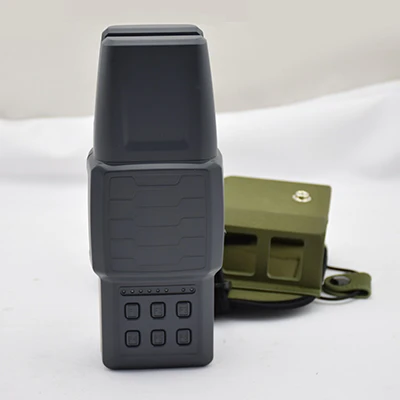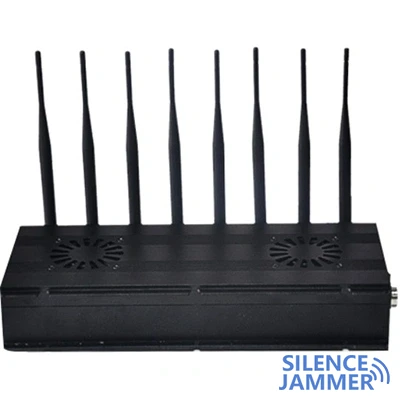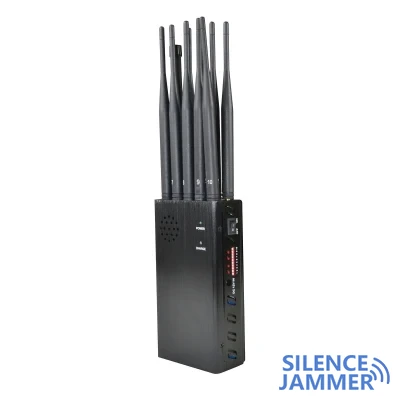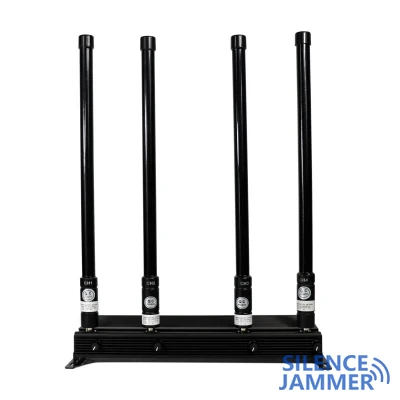The scarcity of jammers in prisons
Since 2018, the National Service for Integrated Care of Adults and Juvenile Offenders Deprived of Liberty (Snai) has not installed mobile phone signal jammers in all 36 centers of deprivation of liberty (CPLs). According to Daniel Montúfar, technical coordinator of the Telecommunications Regulatory and Control Agency (Arcotel), only two prisons are currently equipped with jammers, namely Tuli Prison in Cuenca and the Inca District in Quito. These signal jammers do not belong to Snai, but are provided by external companies.
Limitations and impacts of jammers
- Montúfar said that while jammer devices are an effective means of preventing communications in theory, in practice there are limitations to their application.
- Using these devices in prisons near urban centers can interfere with communications in surrounding areas. For example, in the El Inca area of Quito, due to the use of signal jammer blockers, all telephone services within a radius of 5 kilometers were interrupted, affecting the communication needs of a large number of residents.
Problems with the management and installation of jammers
According to the explanation of representative Christian Rossello, Snai did not install jamming equipments in its deprivation of liberty centers. Telephone companies are responsible for providing telephone booth services and have contracts with prison centers to allow prisoners to contact their families. The responsibility for installing jammers is borne by these companies. However, the current situation shows that there are still many problems in the placement and management of jammer devices. For example, 13 signal blockers were installed in Latacunga Prison, 10 of which were destroyed during the riots, and the remaining 3 failed to provide sufficient coverage.

Snai is currently conducting research on other prison centers to find a system solution to neutralize telephone, Wi-Fi and Bluetooth signals. The study clearly stipulates that the company installing the equipment needs to comply with certain coordinates to avoid negative impacts on the surrounding densely populated areas. In addition, the government needs to demarcate safe areas within the prison to ensure that the effectiveness of the technology and the communication needs of residents are balanced.

The role of operators and technical adjustments
Benjamín Cajas, the liaison between the National Police and Snai, revealed that the Snai team has collected information on prison signal strength and found that the signals of telephone operators Movistar and Claro in Guayaquil Prison are too strong, causing interference. The solution is to ask operators to reduce signal strength to reduce the impact on the area around the prison.
Currently, only the Tuli Prison in Cuenca and the Inca District in Quito are equipped with mobile phone jammers in Ecuador. The distribution and management of jammers face many challenges and need further improvements to balance security and residents' communication needs.





